Accelerating the Robot Dream
Empowering robot innovation, providing full-cycle development services, reducing costs, and accelerating the commercialization process.
Contact Us +

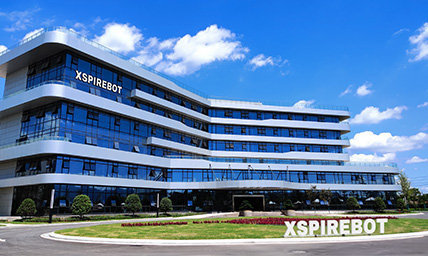
Henan Xspirebot
Xspirebot specializes in the design, production, and servicing of robot platform solutions.
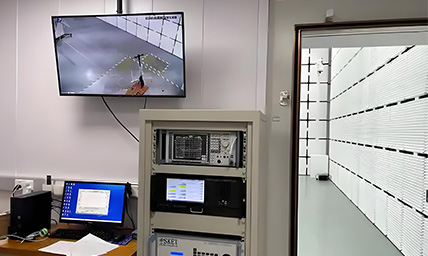
Quality Control
A comprehensive quality control system that manages everything from raw materials to finished products.

Service & After sales
24-hour after-sales service. Please do not hesitate to contact us if you have any questions.

Download
XspireBot provide downloads of product catalogs, product solutions, and user manuals.

Key Member
Ten years of mass production experience and 32 patents in motion control.
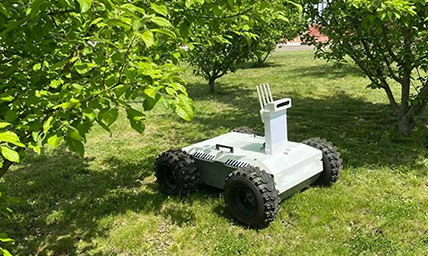
Agricultural Industry
Agricultural robot chassis assists you in field operations such as sowing, spraying, and harvesting.
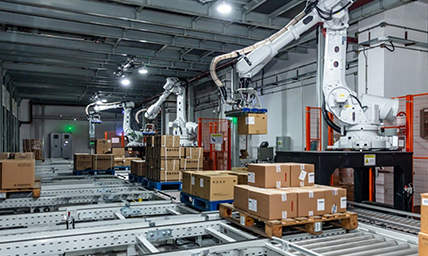
Manufacturing Industry
Industrial robot chassis assist you with tasks such as material handling, assembly, and quality inspection.
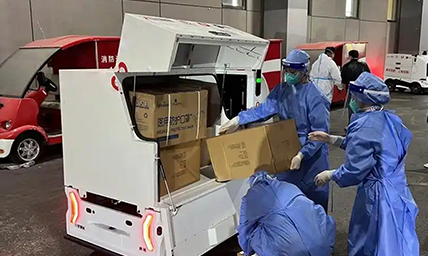
Transportation Industry
Autonomous transport robots that can deliver goods around the clock in urban and industrial environments.
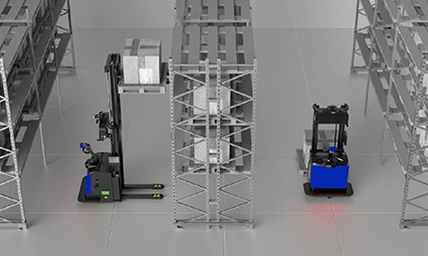
Warehousing Industry
Unmanned transport robots enable full autonomy in cargo stacking & transfer within IoT logistics.
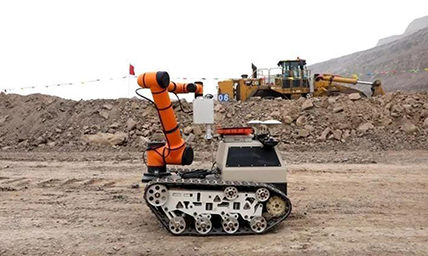
Inspection Industry
Autonomous 24/7 patrols at power facilities, industrial sites, data centers, and other locations.
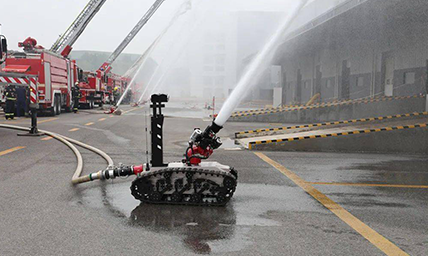
Firefighting Industry
Autonomous fire detection & suppression in high-risk environments: high-rises, chemical plants, and data centers.
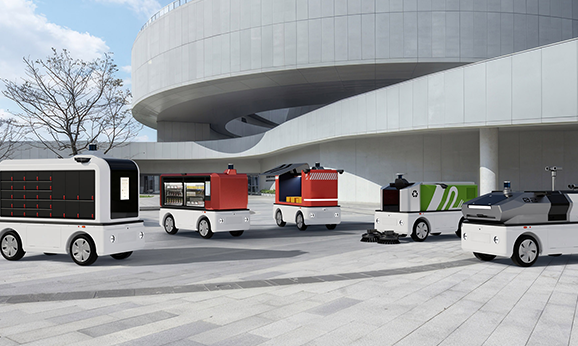
Robot Chassis
Xspirebot offers chassis for indoor and outdoor mobile robots suitable for different terrains.
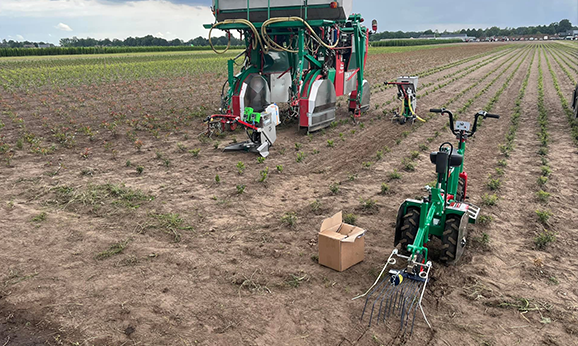
Motors
Drive motor designed for mobile robot chassis, applied to mobile robot platform & agricultural robot chassis.
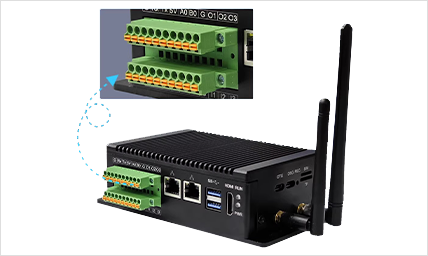
Controller/Drive
The controller can control the robot chassis's movement, positioning, obstacle avoidance, path planning, and other motion functions.
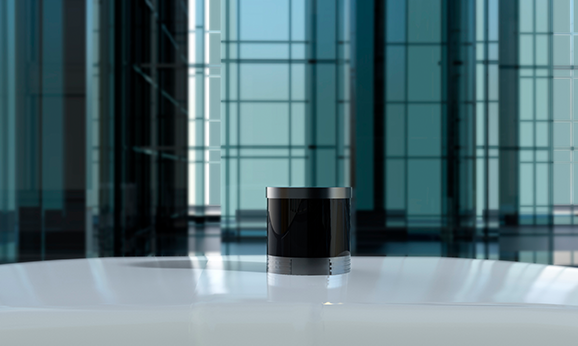
Sensor
Xspirebot offers advanced sensors for autonomous robot platforms: cameras, ultrasonic radar, LiDAR, IMU, & IINS.

Electric Motor Axle
Xspirebot adapts electric transaxle load, power output, & layout to meet customer needs.
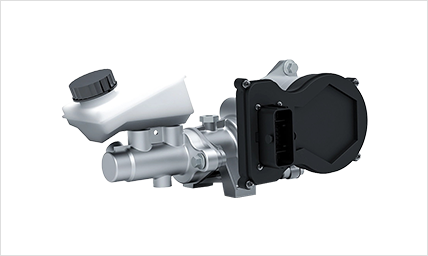
Wired Components
Line control braking & steering enhance vehicle control efficiency & precision via electronic signals.
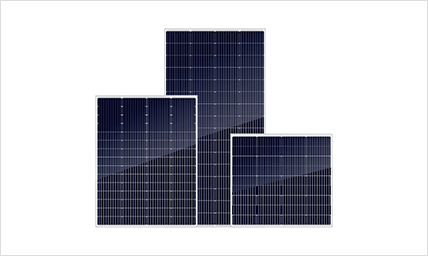
Energy
Solar panels & batteries offer flexible solutions, letting you choose components to suit your needs.
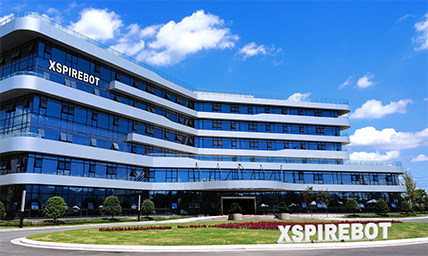
Company News
Xspirebot is committed to helping our customers reduce development costs, shorten the R&D cycle, and accelerate the mass production process through platformized and modularized architectural design and standardized production processes.
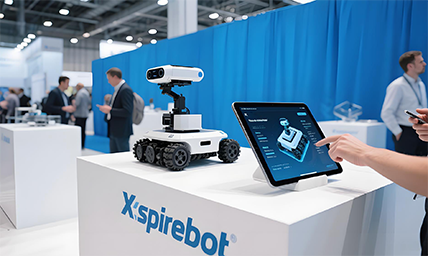
Exhibition News
Xspirebot is committed to helping our customers reduce development costs, shorten the R&D cycle, and accelerate the mass production process through platformized and modularized architectural design and standardized production processes.
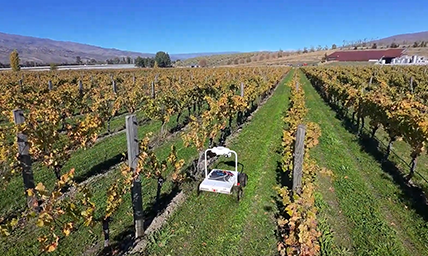
Industry News
Xspirebot is committed to helping our customers reduce development costs, shorten the R&D cycle, and accelerate the mass production process through platformized and modularized architectural design and standardized production processes.
Robot Chassis
The robot chassis is the core motion control system of a robot, enabling autonomous decision-making and the execution of complex tasks, such as robot localization and navigation, motion control, and obstacle avoidance.
Our company can provide you with various types of chassis, including wheeled chassis, tracked chassis, four-turn four-wheel drive chassis, differential chassis, and Ackermann chassis, among others. When selecting a robot chassis, it is essential to consider each customer's specific environmental conditions, task requirements, and cost considerations comprehensively. For example, Ackermann chassis are suitable for high-speed transportation requiring stability; differential chassis are ideal for indoor cleaning robots; four-wheel drive chassis meet the diverse path requirements of industrial scenarios; and tracked chassis are specialized for operations in extreme environments.
If you encounter any issues during the selection or use of robots, please feel free to contact us at any time.
Different Models of Robot Chassis
The choice of chassis must take into account the environment, task requirements, and cost: the Ackermann chassis is suitable for high-speed stable transportation, the differential chassis is suitable for flexible indoor navigation, the tracked chassis is designed for extreme terrain, and the four-wheel drive chassis is suitable for precise obstacle avoidance and omnidirectional movement.
Ackermann Robot Chassis
The Ackermann robot chassis is a mobile robot chassis that uses an Ackermann steering structure. It uses a linkage mechanism to ensure that the inner and outer wheels rotate around the same center when turning, significantly reducing tire wear and energy loss.
The rear-wheel drive design ensures stability during high-speed driving, making it widely used in outdoor, high-speed, and heavy-load scenarios.
The Ackermann chassis typically controls direction via the front wheels and drives via the rear wheels, enabling functions such as forward, reverse, and wide-radius turning, but generally does not support on-the-spot turning.
Differential Chassis
A differential chassis is a mobile platform that achieves steering by independently driving the left and right wheels and adjusting their speed difference.
The drive wheels on both sides are independently controlled for speed, and steering is achieved through different speed differences. When the speeds of both sides are the same, the robot travels in a straight line; when there is a speed difference, the robot rotates around the center point.
By integrating various upper-mounted devices, such as cargo boxes, robotic arms, sensors, and work tools, it meets the customized needs of different industries, particularly suitable for outdoor inspection robots, educational and research platforms, industrial and agricultural equipment, and logistics applications.
Tracked Chassis
A tracked chassis is a mechanical platform that moves by distributing pressure through continuous tracks.
It features exceptional terrain adaptability and load-bearing capacity. The design of continuous tracks reduces ground pressure (enabling adaptation to soft terrains such as sand, snow, and mud), combined with the traction of track teeth and a multi-roller suspension system, allowing it to stabilize while climbing stairs, crossing gullies, and navigating other complex obstacles. It is highly suitable for extreme environments such as disaster relief, military operations, and agricultural work.
Four-Turn Four-Wheel Drive Chassis
The four-wheel drive robot chassis achieves omnidirectional movement through independent drive and steering of each wheel, breaking through the movement limitations of traditional chassis and enabling movement in any direction within a flat space: turning, diagonal movement, translation, and rotation.
It is mainly used in outdoor scenarios that require high flexibility and load-bearing capacity, such as industrial inspections, logistics distribution, and park security, including rough surfaces such as gravel roads and muddy ground.

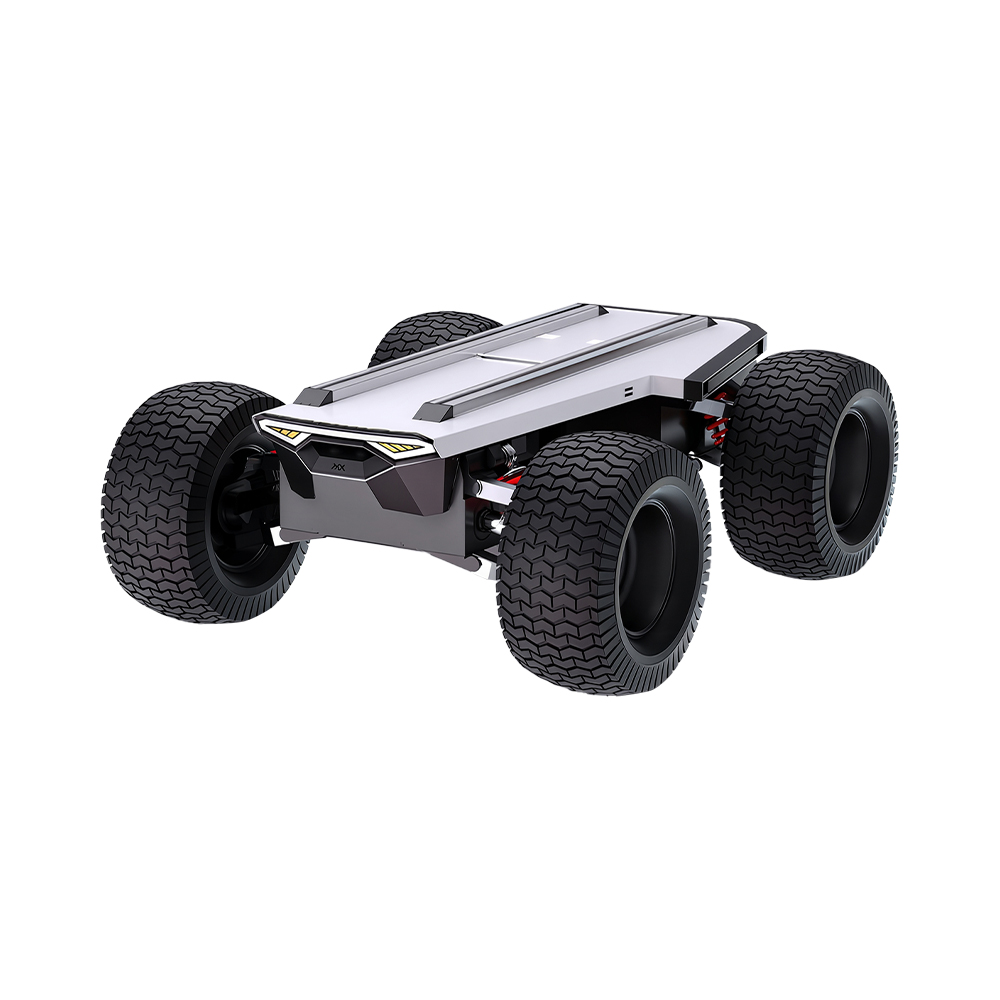
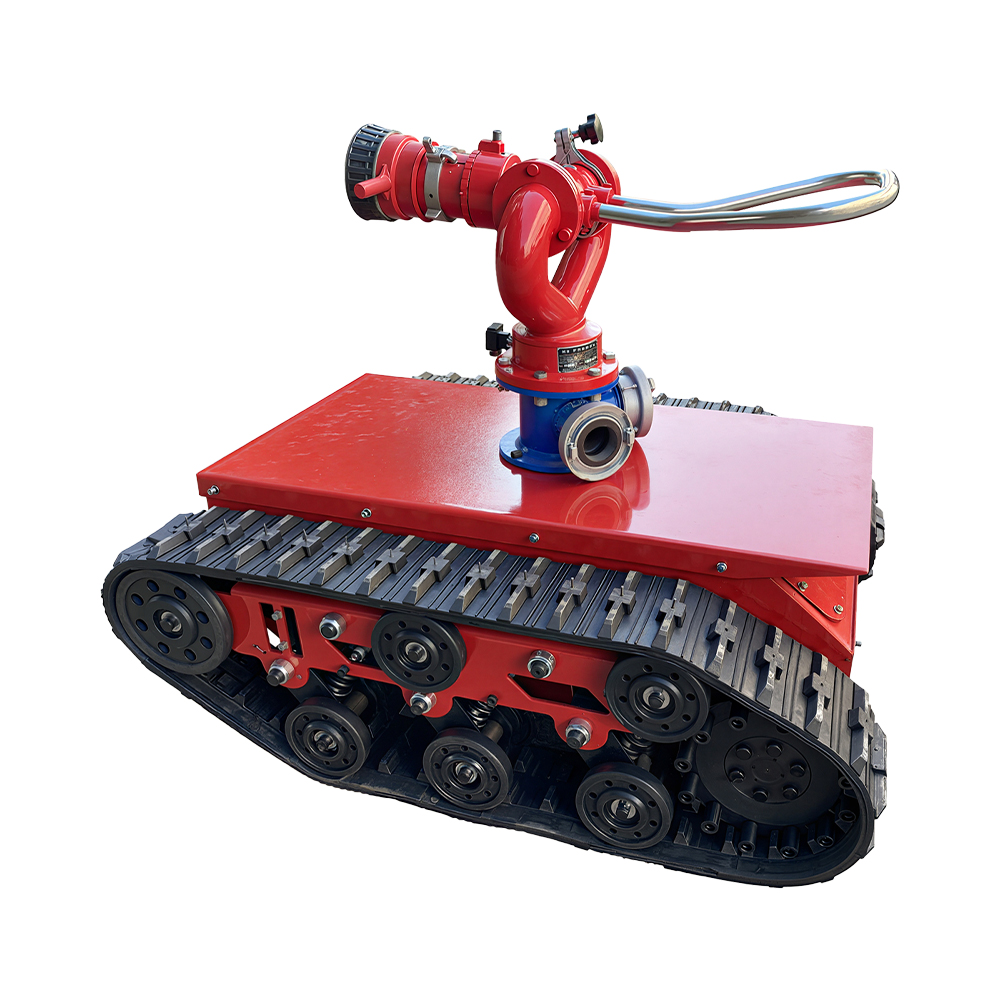
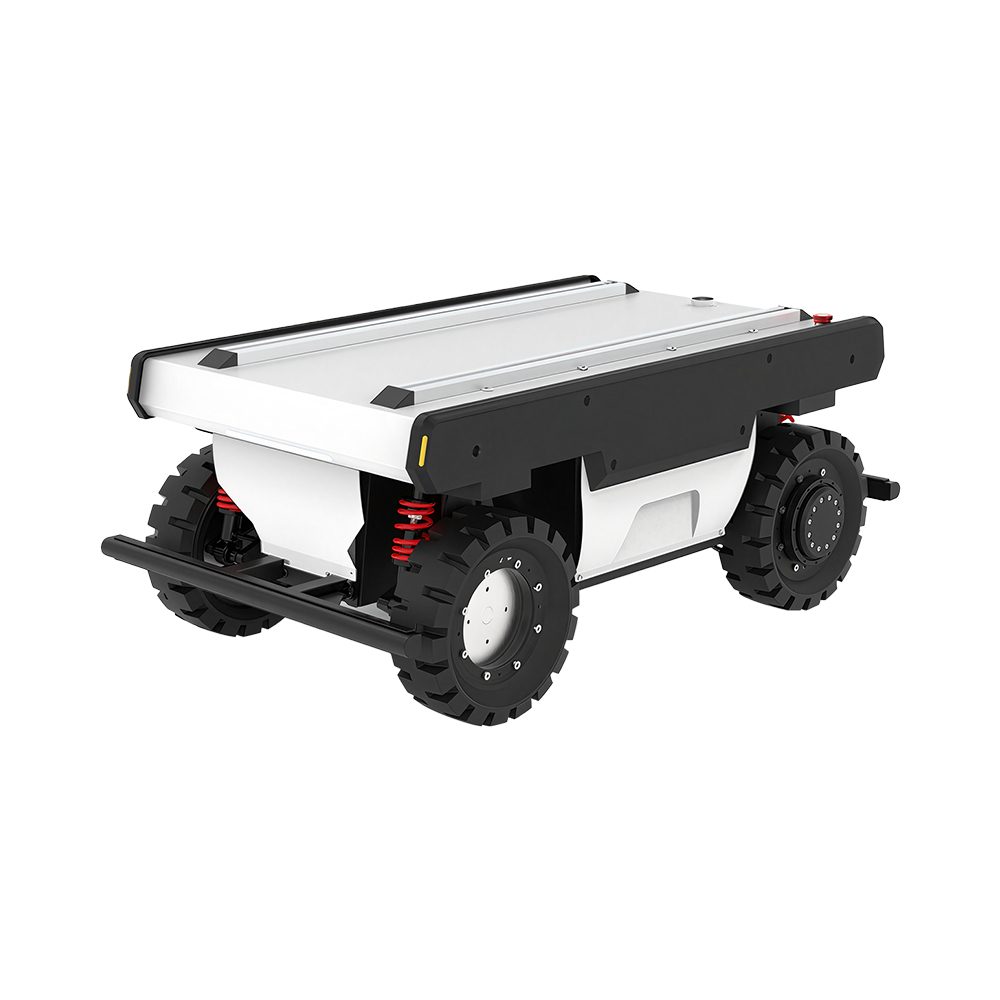
| Comparison Dimension | Tracked Chassis | Differential Chassis | 4-Wheel Steer & Drive Chassis | Ackermann Chassis |
| Structure Type | Tracks + Drive Sprockets + Idler Wheels | Left/Right Independent Drive Wheels + Casters | 4 Wheels with Independent Steering & Drive | Front-Wheel Steering + Rear-Wheel Drive |
| Key Structural Features | Tracks increase contact area, reduce pressure | Steering via differential speed control | Independent motor + steering for each wheel | Ackermann geometry (inner wheel turns more) |
| Mobility | High (can rotate in place) | High (can rotate in place) | Extremely High (omni-directional movement + on-the-spot rotation) | Medium (requires turning radius) |
| Minimum Turning Radius | Zero (rotate in place) | Zero (rotate in place) | Zero (full directional control) | Large (depends on tire angle) |
| Obstacle-Crossing Ability | Extremely Strong (tracks adapt to complex terrain) | Medium (prone to getting stuck) | Strong (independent suspension + flexible steering) | Weak (suited for flat surfaces) |
| Speed Performance | Low (high friction from tracks) | Medium (depends on motor power) | High (agile power distribution) | High (optimized for roads) |
| Load Capacity | High (pressure distributed) | Medium (depends on wheel material) | High (4-wheel coordinated drive) | Medium (limited by rear-wheel drive) |
| Terrain Adaptability | Excellent (sand, snow, rubble) | Fair (prone to slipping on smooth/soft surfaces) | Excellent (all-terrain capable) | Poor (only for hard flat surfaces) |
| Control Complexity | Moderate (track tension adjustment needed) | Low (only two-wheel differential control) | Extremely High (4-wheel steering + drive coordination) | Moderate (steering + drive separation) |
| Energy Efficiency | Low (high track friction loss) | High (simple structure) | Medium (multi-motor power consumption) | High (optimized traditional design) |
| Advantages | Stable, excellent obstacle crossing | Low cost, simple control | Omni-directional movement, precise positioning | High-speed stability, mature design |
Product Classification
Accelerating the Robot Dream
Empowering robot innovation, providing full-cycle development services, reducing costs, and accelerating the commercialization process.
Contact Us +